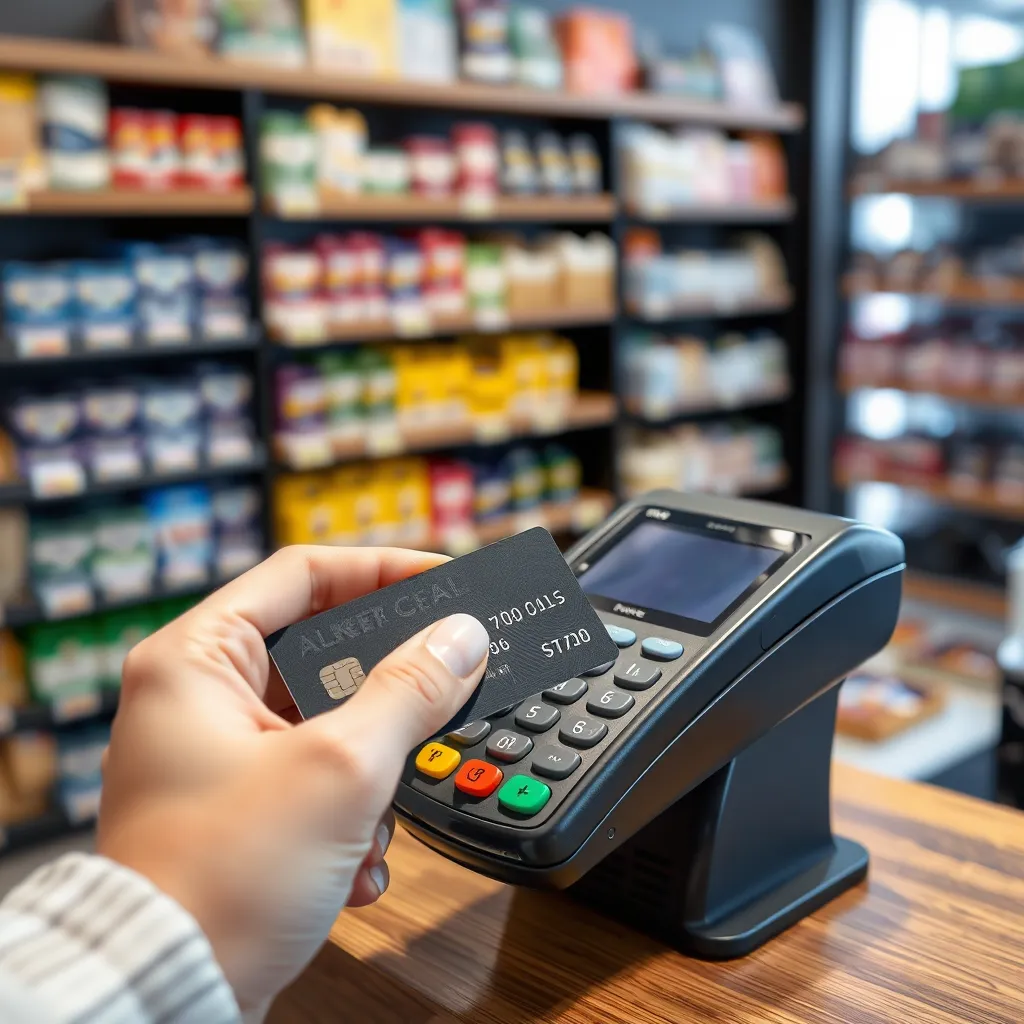
Ever wondered what happens when you swipe, dip, or tap your credit card at the checkout counter? It might seem like a simple action, but behind the scenes, there’s a whole team of tech and financial experts making sure your payment goes smoothly. Let’s take a fun ride through the world of credit card processing, from swipe to swipe-back-into-your-wallet!
Step 1: The Moment of Truth – The Card Swipe!
You’re at the checkout, and you’ve just decided to treat yourself (or maybe you’re just getting groceries). You hand over your credit card, ready to make the magic happen. You dip it into the terminal (or tap, or swipe, depending on your card). As soon as you make that move, the transaction kicks off, and the race to approval begins!
Step 2: The First Stop – The Payment Gateway
Think of this like the “concierge” of the payment world. Once you dip your card, your transaction information (like the amount and your card details) is securely sent to the payment gateway. The gateway’s job is to securely transmit this info to the card network (like Visa, Mastercard, or American Express) for processing.
Step 3: The Card Network – The Middleman
The card network is like the traffic cop of the whole process. It takes the transaction info and sends it to the bank that issued your card (known as the “issuing bank”). The issuing bank checks whether you have enough credit or funds available and verifies that your card is in good standing. If everything checks out, the bank sends an approval back through the network.
Step 4: The Merchant’s Bank – The Final Decision Maker
The approved transaction information travels back through the network to the merchant’s bank (also called the “acquiring bank”). This bank then verifies the merchant’s account details, ensuring that the transaction is legit. Once it’s verified, they send the authorization back to the terminal, and you get the green light: Approved!
Step 5: The Funds – The Great Transfer
After you’ve been approved, the magic continues. The funds are not immediately available to the merchant, but the authorization guarantees that the money is coming. At the end of the day (or whenever the merchant decides), the merchant will “settle” their transactions, which means the funds are transferred from the issuing bank to the acquiring bank. This usually happens in batches—think of it as the financial equivalent of clearing the checkout lines at the end of a busy day.
Step 6: Boom! – Money in the Merchant’s Bank
At this point, after a little back-and-forth, the merchant’s bank confirms the transfer of funds, and voilà! The merchant has been paid for your transaction. You walk away with your purchase, and the merchant moves on to the next customer, ready to do it all again.
In Summary: A Smooth, Well-Orchestrated Dance!
From the moment you swipe your card to the moment the merchant gets their money, credit card processing is like a high-speed relay race, with each step in the process designed to keep everything secure and accurate. While it may seem like a quick, simple exchange, there’s a lot happening behind the scenes to ensure everything works flawlessly.
Next time you make a purchase, take a moment to appreciate the smooth (and sometimes surprisingly complicated) process happening in the background. And if you’re a merchant, just know that your POS system is working hard to keep all the transactions running smoothly for you!
Pro Tip: Understanding how credit card processing works can help you choose the best POS system for your business. If you want to learn more or have any questions, feel free to reach out to us!
